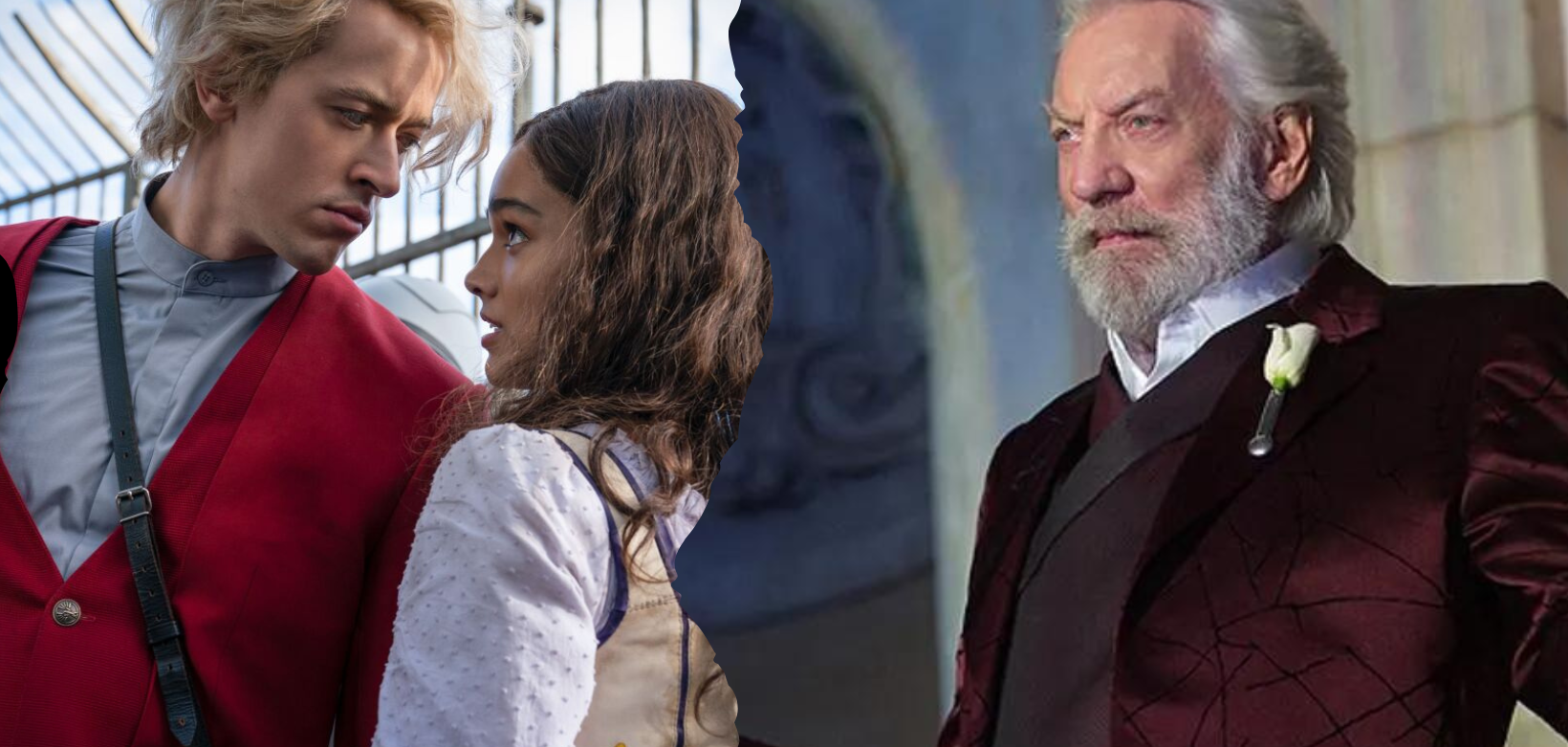Everyone loves a good story. It’s something we all crave. We journey as a steadfast companion through the vast experiences our protagonist faces, lamenting their heartbreaks and revelling in their successes against dastardly villains that threaten to annihilate them. The world of fiction makes us laugh, infuriates us and tests our limits, but in the end, we gain satisfaction when our protagonists reach sweet closure in the premise of a (usually) happy ending.
But what about the villain?
Power-hungry, greedy, envious, wretched, cruel – the villain is an antithesis to the protagonist, paragon of virtue and righteousness. The Lord Voldemort to our Harry Potter, if you will. Our hearts are devoid of empathy towards the villain as we vilify them, though we readily sympathise with the predicament of our protagonist. Why should we care for the villain?
The rise of prequels has prompted an increasing trend to portray villains as not just black and white but to emphasise moral ambiguities and nuances within their characters. Prequels show reasons justifying why villains became the way they are to try to attract the sympathy of the viewers. They dig deep beyond the surface of the villain, convinced that they are more than just the ‘bad guy’.
Prequels have become a widespread phenomenon across both literature and film. Not surprisingly, Disney has jumped on the bandwagon by releasing their Villain novel series, which sheds light on the pasts of Disney’s classic villains. Disney has also branched out into releasing live-action movies showcasing villainess origin stories, such as Maleficent and Cruella.
But it’s not just Disney. Joker follows the tragic story of DC Comics' notorious character before becoming a supervillain. Fairest by Marissa Meyer inks out Levana’s life before her tyrannical reign as Queen in The Lunar Chronicles. Suzanne Collins’ prequel The Ballad of Songbirds and Snakes (soon to be released as a movie) features Coriolanus Snow as a young teenager before he became the despised President Snow in The Hunger Games. Need I go on?
It’s an odd feeling to watch a villain take the stage as the leading character in a story. We become so familiar with observing them at their worst that it’s strange to view them in a different light. At the same time, I wonder if it’s necessary for audiences to perceive villains from another perspective. While I am very much entertained when learning a villain’s backstory, prequels often feel like a valiant attempt to justify the actions of a villain, as if their previous hardships and conduct are a safeguard against their terrible actions in the future. Prequels which try too hard to portray villains as ‘relatable’ occasionally fall flat in efforts to create interesting nuances in a villain’s characterisation by aspiring to vindicate the villain of their crimes.
Take Cruella, for example. While the movie was a cinematic feast for the eyes with its stunning outfits and gorgeous sets, the transition from Cruella as villainess in 101 Dalmatians to anti-heroine in Cruella lacked consistency. The charm of Cruella De Vil as a character rested in her unrestrained tendency towards committing evil and indifference towards her misdeeds. Her apathy towards her actions is crystal clear in her name, which you may have noticed is a not-so-subtle pun on the phrase ‘cruel devil’. Disney’s live-action Cruella details the debut of a life of crime and sabotage after Cruella’s mother passes away and she discovers the Baroness’s role in murdering her mother with her pet dalmatians. While this is all very shocking, it’s unclear as to how this past connects to her future actions and why we should feel any sympathy for a villainess who later goes on a puppy stealing spree and tries to kill 99 of them in the pursuit of ✨fashion✨. Her blatant lack of care for animals, a defining trait of her character in 101 Dalmatians, is washed out by revenge plots and a rivalry that drags on for far too long. Ironically, we even witness her being kind to animals at the beginning of the film! The reactive vengefulness that Cruella directs towards the Baroness is fatal to her character, and we lose what makes Cruella a great character in the first place – her identity.
Compare this with Joker. The movie opens with Arthur Fleck (soon to be Joker) being beaten up by a bunch of children while doing his job as a rent-a-clown. You can’t help but feel sorry for the guy. The movie draws our pity to Arthur’s socio-economic struggles, mental illnesses and failed aspirations to become a successful stand-up comedian. This unfortunate mix of circumstances drives Arthur’s descent into villainy. It is clear from the get-go that Arthur shooting three rich businessmen in a subway is morally unjust. In the aftermath, his actions flame riots against the rich in Gotham City, with protestors rebelling in clown masks, a homage to Arthur as a leading symbol of the underprivileged. Arthur, frequently ignored as a clown, is given a sense of validation for the first time, which spurs his transformation into the notorious Joker. As viewers, can we understand the reasons for Arthur’s actions? Sure. However, we can’t excuse them, and Arthur exists in a space of moral ambiguity. While the seams between Joker and the various origin stories conceived by DC Comics in the past aren’t perfect, the threads linking the film to its original source material remain strong, shaping Joker to deliver a more compelling backstory.
Prequels feel somewhat like a box of Bertie Bott’s Every Flavour Beans. Sometimes you get a great one, other times not so much. It’s an inescapable hit or miss. Yet though prequels may not always align well with the main work they stem from, it’s fascinating to watch connections (or lack thereof) form between old and new fictional worlds. As wise philosopher Seneca once said, ‘Every new beginning comes from some other beginning’s end’.
Ishrat Zaman is a current third year student studying a double degree of Economics and Law. She is an ardent lover of all things desserts (or anything sweet, honestly). In her free time, she enjoys reading, watching movies and travelling to new places.





